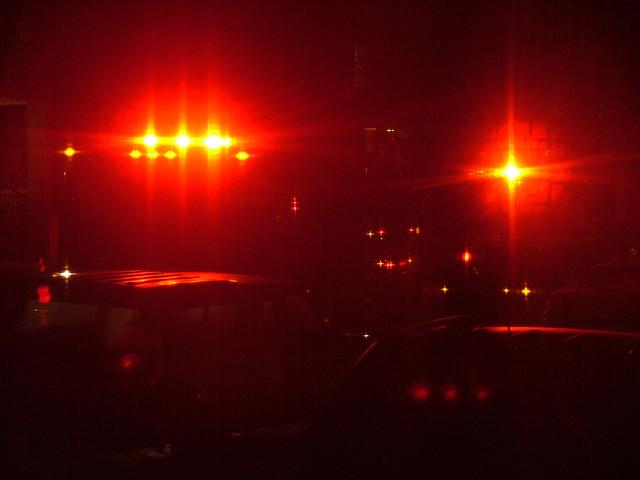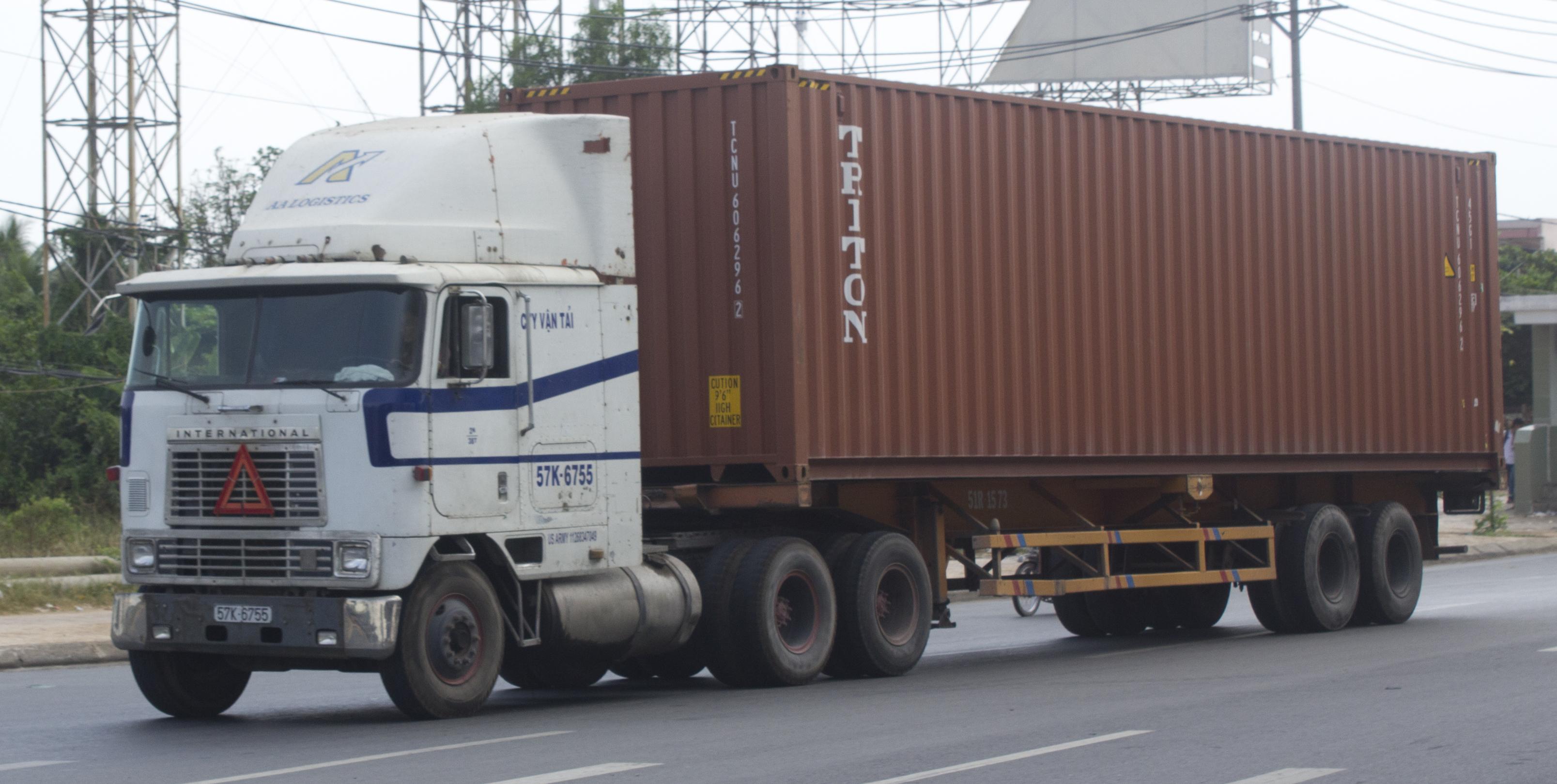Drivers of commercial tractor trailers, semis and big rigs are responsible for piloting an 80,000 pound rocket down highways shared with you and your family.
You may pray that they are well-trained, well-managed, safe and responsible. Most are. Some are not.
The duties of a commercial truck driver are spelled out in the Federal Motor Carrier Safety Regulations, Commercial Drivers License (CDL) manuals, training materials published by industry associations and companies such as J. J. Keller, and company policies and procedures. While only statutes and regulations have the force of law, the others may be used as evidence of standards of care and of negligence when violated.
Some of the truck driver’s duties include:
– Know and understand the safety regulations and policies.
– Perform pre-trip and post-trip inspections, carefully going through a detailed checklist of the tractor and trailer.
A proper pre-trip inspection takes an experienced truck driver 20 to 30 minutes.Too often in truck accident cases we find inspections were no more than a quick walk-around or less, with a vertical line hurriedly drawn down the checklist rather than even bothering to inspect and check off each item. Earlier this week I was at a truck stop for my expert’s inspection of a tractor trailer involved in a fatal accident when we saw another truck driver do a 20 second “pre-trip inspection” that involved glancing at his tires. The result of inadequate pre-trip inspection can be operation of an 80,000 pound truck on the highway with unsafe equipment.
– Understand and comply with hours of service regulations, and truthfully log their driving, on-duty but not driving and off-duty time.
They are limited to driving 11 hours in a 14 hour work day, after which they must take a 10 hour rest break. The driver is responsible for planning a route with the hours of service rules in mind, and for notifying dispatch when he is out of legal hours.
I have handled cases in which drivers falsified logs in order to appear legal far beyond exhaustion of both their legal hours of operation and their bodies. Sometimes they are pressed to drive far beyond legal hours by trucking company dispatchers, third party logistics companies, freight brokers, shippers and consignees who turn a blind eye to safety. Those companies may share the legal blame, but the truck driver is still responsible as the pilot of the ship.
– Inspect his cargo to make sure it is safely distributed and secured before the trip, at particular points en route, and at the end of a trip.
Except when taking a sealed trailer that he is not allowed to open without special permission, the driver is required to inspect inside the trailer to make sure weight is properly distributed and the right methods and equipment have been employed to prevent the lad from shifting.
When operating a truck with a flatbed trailer, the driver must assure that the load is and remains securely tied down, following commodity-specific rules in order to prevent spilling, leaking, falling or blowing of cargo.
A while back, I handled a case in which a truck driver failed to secure a forklift on a flatbed trailer, with the result that the forklift came loose in a curve on a mountain road and landed on top of an oncoming vehicle. Police and the coroner were picking pieces of people out of that flattened car for days.
– Plan a route that takes into account weight limitations on roads and bridges, low height restrictions of bridges and tunnels, railroad crossings, one way streets and awkward turns.
A confused or careless truck driver can kill people when attempting a u-turn that blocks a highway in the dark or stuck in a railroad crossing or low bridge.
– Use extreme caution when road or adverse weather conditions affect traction or visibility, and if necessary pull off the road and wait for conditions improve. CDL manuals instruct truck drivers to reduce speed by one-third in rainy conditions.
When a tractor trailer hydroplanes in a rain slick curve and knack knifes at highway speed into oncoming traffic, only a miracle an prevent deaths or catastrophic injuries, including that of the truck driver himself.
– Stop driving when ill or fatigued, even if still within the legal hours of service.
Sometimes we find that truck drivers work second jobs or pursue other activities during the required rest periods, so that. They are unsafely fatigued even when inside legal hours of operation. Other times we find truckers returning to work too soon after an illness, such as one who got a chiropractor to issue DOT medical certificate two weeks after open heart surgery.
Safety should always come first.
– Whenever stopped on the side of the road, truck drivers must activate hazard flashers, then put out reflective triangles or flares at specified locations behind the trailer.
– Hang up and drive.
Federal rules now ban use of hand held cell phones as well as text messaging during operation of a commercial motor vehicle in interstate commerce.
– Obey all state and local traffic laws.
Truckers must also obey local peed limits, traffic control devices, etc.
There is much more that could be included, but this may give you a taste of the issues we examine regarding truck driver duties.
Continue reading →

 Georgia Truck Accident Attorney Blog
Georgia Truck Accident Attorney Blog


